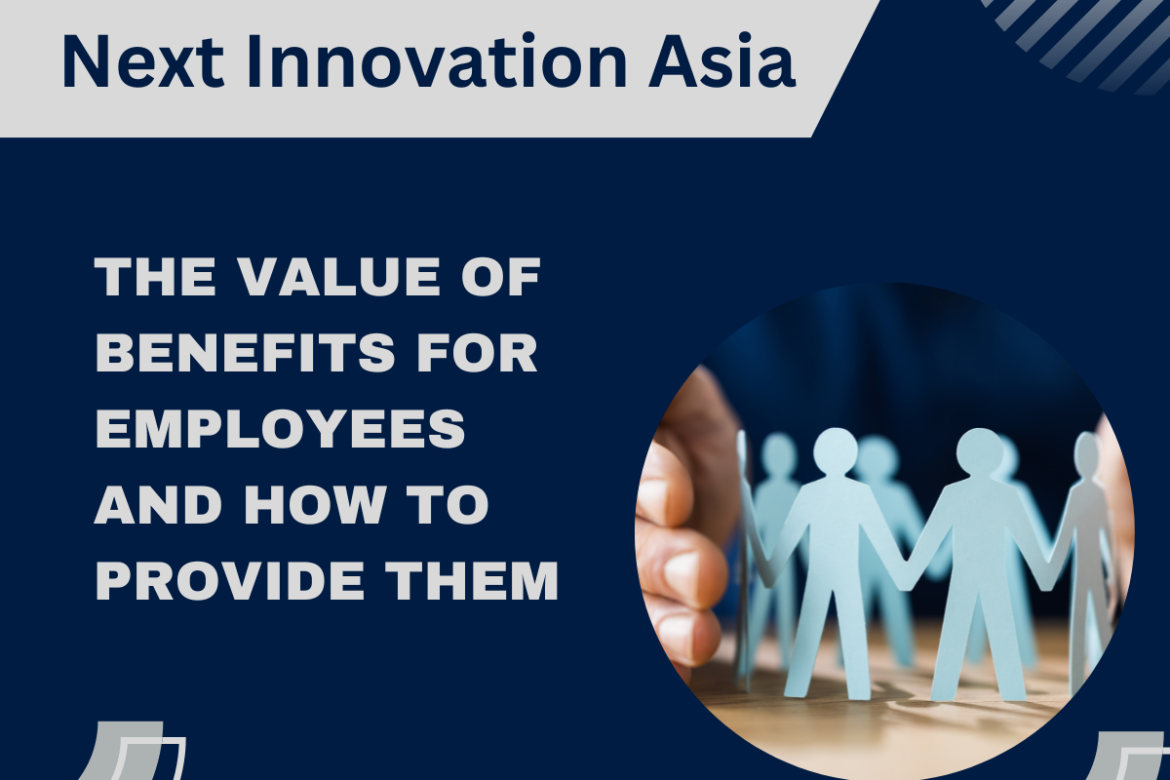Introduction: Employee benefits play a crucial role in attracting and retaining top talent, as well as fostering employee satisfaction and engagement. In this blog post, we will explore the significance of employee benefits, discuss the different types of benefits organizations can offer, and provide strategies for effectively designing and implementing comprehensive benefit packages.
- Understanding the Importance of Employee Benefits: a. Exploring the impact of employee benefits on recruitment and retention. b. Recognizing how benefits contribute to employee satisfaction, engagement, and loyalty. c. Understanding the financial and non-financial value of employee benefits.
- Types of Employee Benefits: a. Health insurance: The significance of providing comprehensive healthcare coverage. b. Retirement plans: Exploring options such as 401(k), pension plans, and employer contributions. c. Paid time off and leave policies: Strategies for offering vacation, sick leave, parental leave, and flexible work arrangements. d. Wellness programs: Promoting employee well-being through fitness initiatives, mental health support, and preventive care. e. Financial benefits: Including bonuses, profit-sharing, stock options, and tuition reimbursement programs. f. Work-life balance benefits: On-site amenities, employee assistance programs, and family-friendly policies.
- Designing and Customizing Benefit Packages: a. Assessing the needs and preferences of the workforce through employee surveys and feedback. b. Balancing cost considerations with the desired level of benefits to create competitive packages. c. Tailoring benefits to address the diverse needs of a multigenerational workforce. d. Offering flexibility and choice through a cafeteria-style approach to benefits.
- Communicating and Educating Employees: a. Effectively communicating the value and details of the benefits package to employees. b. Providing educational resources and workshops to help employees understand and maximize their benefits. c. Utilizing technology platforms to streamline benefits administration and enhance employee access to information.
- Evaluating and Evolving Benefit Programs: a. Monitoring the utilization and effectiveness of employee benefits through data analysis and employee feedback. b. Conducting regular benchmarking against industry standards and competitors to ensure the competitiveness of the benefits package. c. Adapting and evolving benefits to align with changing employee needs and market trends.
Conclusion: Employee benefits are a critical component of a comprehensive compensation package and are essential for attracting, retaining, and engaging top talent. By understanding the importance of employee benefits, designing customized packages, effectively communicating with employees, and regularly evaluating and evolving the benefits program, organizations can create a workplace that supports employee well-being, satisfaction, and overall success.

